(Specialist) Fat Loss
The LVX Fat Loss Programme is aimed at men who are looking to prioritise Fat Loss and lose a minimum 15lbs (7 kilograms) of body fat.
Ideal for at-home or gym-based training.

We are currently on-boarding for the next Fat Loss Programme, which begins in:
Days, Hours, Mins, Secs
Fat Loss Programme in detail
Fat Loss is a 12 month programme which includes personal coaching throughout. It is divided into 4 x 3 month phases, each of which builds on the previous, to guarantee your progression towards your fitness and wellbeing goals. Each phase introduces a new set of workouts and suggests a new, customisable training schedule which puts you in control of your regime.
Explore each phase
Phase 1 - Months 1-3
Month 1:
This programme begins with a somewhat traditional approach of training 3 days per week. Focus will be on fundamental, self-limiting movements like:
- Blocked-knee split squats and
- Goblet squats to a box, designed to balance movement patterns so that they can be safely loaded in the future
Month 2:
Month 2 steps up the frequency and complexity and shifts to 4 days per week of strength training. Movements follow a similar theme as month one, but with slight increases in complexity, such as:
- Moving from a kneeling split-stance to a standing split-stance and
- Removing the box from goblet squats so that depth has to be consciously controlled
Month 3:
An increase in intensity (amount of weight lifted per rep), with a shift towards more sets of fewer repetitions.
- Workout frequency stays at 4x per week
- Movements stay relatively simple but can now be loaded more heavily without losing the movement quality built in prior phases, and are done in alternating pairings
- Energy systems work begins
Phase 2 - Months 4-6
Month 4:
A reduction in frequency, from 4 days per week to 3 and an increase in intensity.
- Sets and reps shift toward shorter sets of 5 repetitions done for more total sets (3-6 sets, depending on week)
- Rest intervals are shorter and movements are done in longer circuits to increase systemic metabolic demand
- First month of dedicated conditioning workouts
Month 5:
Frequency stays at 3 days per week of strength, with one day of anaerobic intervals per week.
- Strength work is focused on well-practiced movements that can be loaded heavily for ladders (2 reps, short rest, 3 reps, short rest, 4 reps) done in circuits
- Builds on the foundation built in the previous phase with an increase in intensity and metabolic demand
- Builds up to high volumes of work (a lot of total repetitions per workout). Ladders go as high as 5,4,5 (5 reps, short rest, 4 reps, short rest, 5 reps)
Month 6:
Continues with the strength ladders from month 5, but drops volume very low and increases intensity so that the focus is on maximal strength and higher weight per repetition.
- Ladders go as low as 1,1 (one heavy rep, short rest, one heavy rep)
- Includes one day of fartlek interval sprints
Phase 3 - Months 7-9
Month 7:
Focused on heavily taxing local musculature in straight sets, in which all sets of one movement are completed before moving on to the next exercise.
- A week-to-week buildup of high volume (up to 8 sets of 5 repetitions) with a de-load week in the 4th week (5 total sets)
- Energy system work remains anaerobic to emphasise Fat Loss
- Strength movements are heavy compound lifts
Month 8:
- Energy systems training is a 30:30 interval workout designed to emphasise Fat Loss
- Strength work is open-ended escalating density training (EDT) sessions designed to keep you on the edge of your anaerobic threshold. These allow you to push yourself as hard possible, whilst remaining comfortable. EDT sessions in this phase entail as many sets of 6-8 repetitions as you can do in 6-12 minutes (depending on week), using well-trained compound lifts
- Each EDT block is done with two alternating exercises, to allow for greater local musculature recovery between sets with a continuously high systemic demand
Month 9:
- Energy systems training stays focused on 30:30 Fat Loss intervals
- Strength sessions are high-volume ladders done with three compound movements at a time
- You’ll do 3 repetitions of each, then 4 reps, then 5, then 6 and then back down to 5, 4 and then 3 repetitions
- You’ll adjust weight with each set so that the weight stays challenging, at the edge of your ability and rest intervals are short to emphasise Fat Loss
- These repetition numbers increase each week to a peak of 5/6/7/8/6/5/4 in week three, and then drop down to a de-load week of 2/3/4/5/4/3
- Also includes short EDT sessions of isolated arm work at the end of each workout
Phase 4 - Months 10-12
Month 10:
- Strength-oriented straight sets of 5 repetitions, done for anywhere from 5 total sets per movement to 10 total sets, depending on week
- These straight sets are done in circuits or supersets of three different lifts
- Workouts end with HICT blocks designed to build aerobic/alactic work capacity
- The third workout of each week includes AMRAP (As Many Reps As Possible) sets designed to allow you to test yourself in an open-ended format
- Due to the high-volume of this phase, energy systems work is all geared towards recovery
Month 11:
- Energy system emphasis during strength sessions shifts from anaerobic to alactic/aerobic
- Sessions revolve around HICT (High Intensity Continuous Training) sessions designed to develop endurance of fast-twitch fibres and submax aerobic capacity, by doing as many sets of 2-3 repetitions as possible within blocks of 8-15 minutes while keeping your heart rate below 150 bpm
- Includes one 30:30 interval day to encourage Fat Loss
Month 12:
- A continued emphasis on aerobic/alactic energy systems during strength training, along with a high-resistance interval (HRI) sprint day designed to develop alactic (ATP-PC) power and capacity
- Gym PR lifts (for gym-based sessions), breathing ladders and AMRAP (as many reps as possible) sets
- Strength work focuses on descending 5/3/2 ladders (5 repetitions, short rest, 3 reps, short rest, 2 reps) done for 3-7 total rounds depending on week
Explore our other LVX Health Training Programmes
Beginner
A programme designed for guys who don’t have much time for working out or don’t have athletic backgrounds and need a simple, back-to-basics programme.
Learn more
Intermediate
A good fit for men who are looking to lose 10-15lbs (4 - 7 kilograms) of fat and build muscle susing shorter, less complex workouts. Ideal for home training.
Learn more
Advanced
Ideal for men who are looking to to lose 10 - 15lbs (4 - 7 kilograms) of fat and build muscle with more challenging, high volume gym based workouts.
Learn more
(Specialist) Muscle Gain
A good fit for men who are looking to emphasise muscle mass and lean weight gain. Regular access to gym equipment would be beneficial.
Learn more

The technology behind LVX Health training
The technology which empowers LVX Health to help you achieve outstanding results is the ProCoach app.
ProCoach makes it possible for you to achieve better results. It’s more than world-class nutrition coaching, ProCoach allows for a high level of personalisation that you truly need for success. ProCoach allows you to customise nearly every aspect of your program. Plus, it’s structured around a one-on-one coaching model that gives you a high degree of personal attention—and the greatest chance of success at making big and sustainable changes in your life.